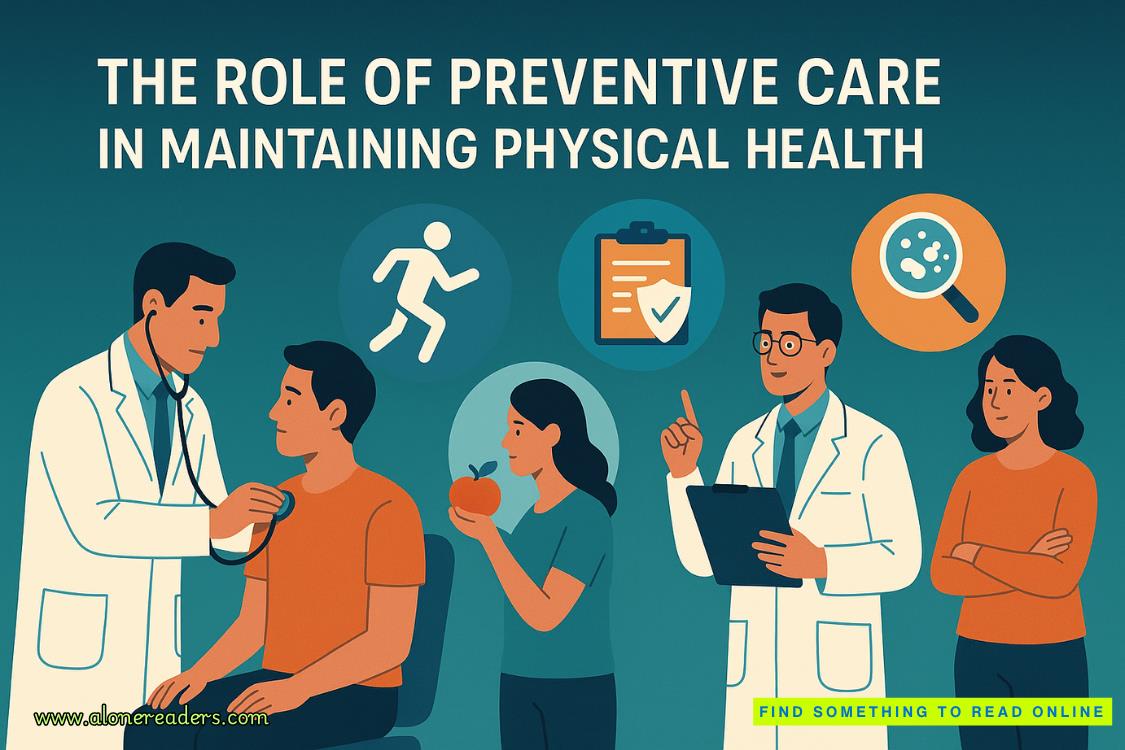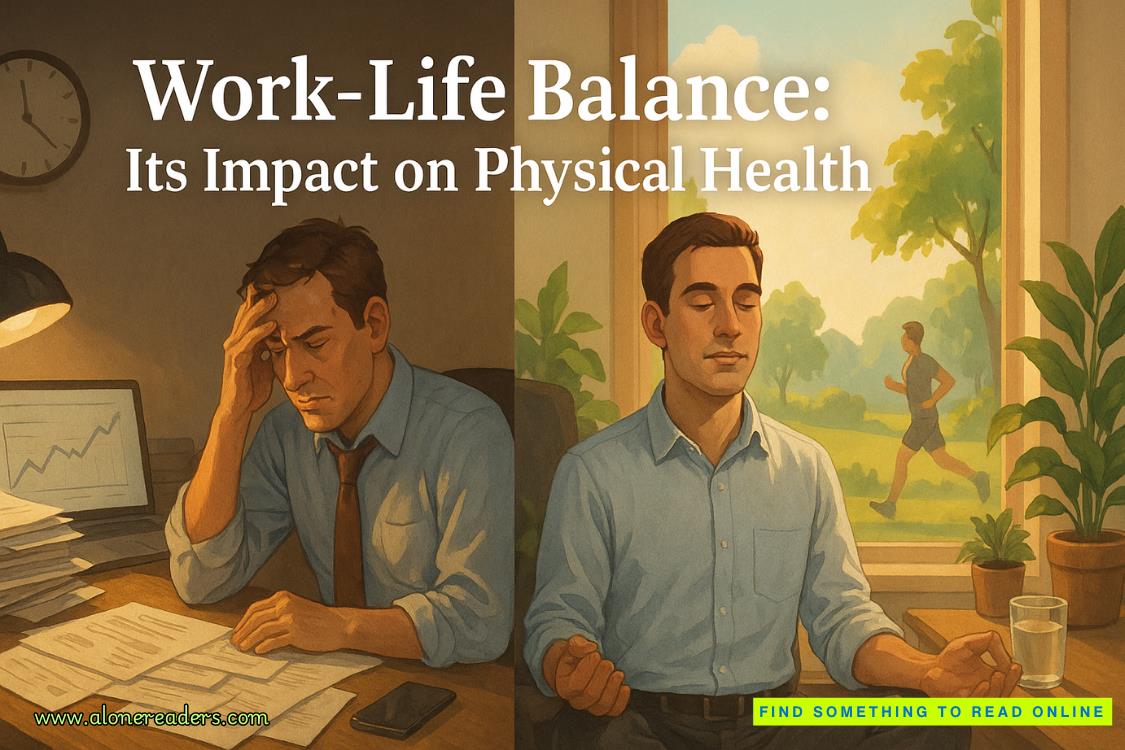As he gently squeezed, he said, “I do want that, too. I want you, Amanda, more than anything.”
Did I just prove her father’s point—that I’ll say anything she wants to hear? Particularly to get her naked?
But it’s more than that.
I meant what I said. I do want her.
I just have no damn idea what to say if she asks about me quitting the department.
He felt her arms wrap around him, and she squeezed gently back. She buried her nose behind his ear and softly kissed his neck.
As he thought he heard her begin to sniffle, he picked her up and carried her into the bedroom.
“I’ve Got You Under My Skin” came softly from the speakers.
IX
[ONE]
2027 Fairmount Avenue, Philadelphia Sunday, November 1, 7:22 P.M.
H. Rapp Badde, Jr., sitting in his Range Rover parked at the curb near the corner of Corinthian and Fairmount Avenues, knew that his sudden dark mood had not been caused by his view of the medieval Eastern State Penitentiary. But the haunting and imposing two-hundred-year-old structure damn sure wasn’t helping his attitude, despite the signage he’d days earlier ordered bolted to its massive stone walls.
The sign—one of a dozen fabricated by the same local company that did all of PEGI’s projects—was a four-by-eight-foot sheet of plywood painted bright white. Its bold black lettering read: MOVING PHILLY FORWARD!
COMING SOON TO FAIRMOUNT: THE VOLKS HAUS AFFORDABLE APARTMENT LIVING
FOUR 500-UNIT HIGH-RISE TOWERS!
ANOTHER FINE DEVELOPMENT FOR YOUR FUTURE FROM PHILADELPHIA ECONOMIC GENTRIFICATION INITIATIVE
A PROJECT OF THE CITY OF PHILADELPHIA HOUSING & URBAN DEVELOPMENT COUNCILMAN H. RAPP BADDE, JR., CHAIRMAN
Though PEGI had not yet received the paperwork from the bureaucrats in Washington, D.C., releasing the decrepit property to them, Badde felt enough time had been wasted and had given the go-ahead for the posting of the signs.
It had taken more of his political skills than he’d expected for his Housing and Urban Development Committee to take over the property from the nonprofit historical association that oversaw it. And he’d really wanted to rub it in the faces of the people who’d tried tripping him up every step of the way.
“For chrissake, Jan,” he’d said in the beginning, “even those damned do-gooders call it a ‘preserved ruin.’ If we have to, we can play the eminent-domain card and say it’s a neighborhood hazard, a danger that needs to be condemned. Who the hell wants something that ugly in their neighborhood that’s not even being maintained? Not when we can take federal funds and build housing for our voters.”
To fight the battle for possession, Badde had educated himself about the property. And knew far more than he really wished he did, like that the prison’s Gothic architecture was intentionally harsh. The medieval style of the dark ages was meant to intimidate those incarcerated—as well as anyone who might consider committing a crime.
Which, he thought, staring at it, damn well may be why it’s bothering me right now.
The prison had been conceived in Ben Franklin’s house in 1787 and opened in 1829. It promoted a new type of incarceration, one encouraging rehabilitation by locking up prisoners by themselves. It was believed that being alone in the cold, hard cells would force inmates to consider their crimes, and perhaps find God as they sought penance—thus the word “penitentiary.” The cells each even had a small skylight, a simple glass pane—the “eye of God”—that was meant to remind the prisoners that they were always being watched.
Probably the only thing about the place that Rapp Badde really found fascinating was that at one time it had housed the infamous Al Capone. Badde appreciated that, even behind bars, the ruthless gangster broke rules. Thumbing his nose at the system, Capone had packed his cold hard cell with creature comforts from woolen rugs to fine linens, even a small library with reading lamps and a wooden secretary desk for his writing.
The prison started going downhill after being abandoned in 1971, when prisoners started getting sent to the new Graterford facility outside of Philly.
“Then some moron gets it made a national historical site?” Badde had said to Jan incredulously. “It’s controlled by a nonprofit organization. What part of not-for-profit doesn’t anyone understand? Rather than subsidizing a damned ancient eyesore that’s taking up valuable land in the middle of the city, we can put the place to good use for our citizens. Which means for us, too.”
And, against the odds and the protests, he’d flexed his considerable political muscle to make the People’s House a reality.
At least this far, he thought.
Which could all fall apart if I don’t make these problems go away.
Badde’s office cell phone rang, and the caller ID announced JANELLE HARPER. Since leaving the basement of the West Philly row house, Badde had been using both cell phones almost constantly. At one point he’d been on both at the same time, requiring him to manipulate the Range Rover’s steering wheel with his left knee.















